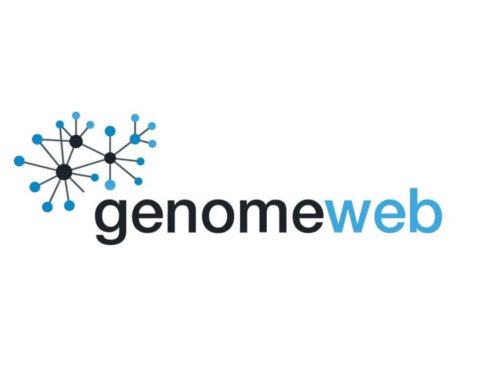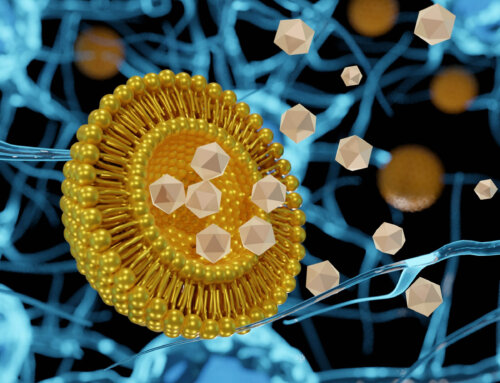Investigating an effective linear deoxyribonucleic acid COVID-19 vaccine option for domestic cats
Background
SARS-CoV-2, the Coronavirus disease 2019 (COVID-19) pandemic’s etiologic agent, has afflicted a broad range of animal species, particularly mammals, globally since its initial discovery in late 2019 in China. The American Veterinary Medical Association noted that in addition to human-to-human transmission, some pets and wild animals, particularly cats, have shown evidence of human-to-animal SARS-CoV-2 spread.
According to several prior studies, cats are receptive to COVID-19 and are vulnerable to airborne infections, which has shown the value of using animal models in the study of infectious illnesses and emphasized that SARS-CoV-2’s intermediate animal source is still unidentified. Finding ways to break the chain of transmission and lessen the threat of spillover to vulnerable species is essential considering the high transmissibility capability of SARS-CoV-2 to many host species, and the close interaction between animals and humans.




